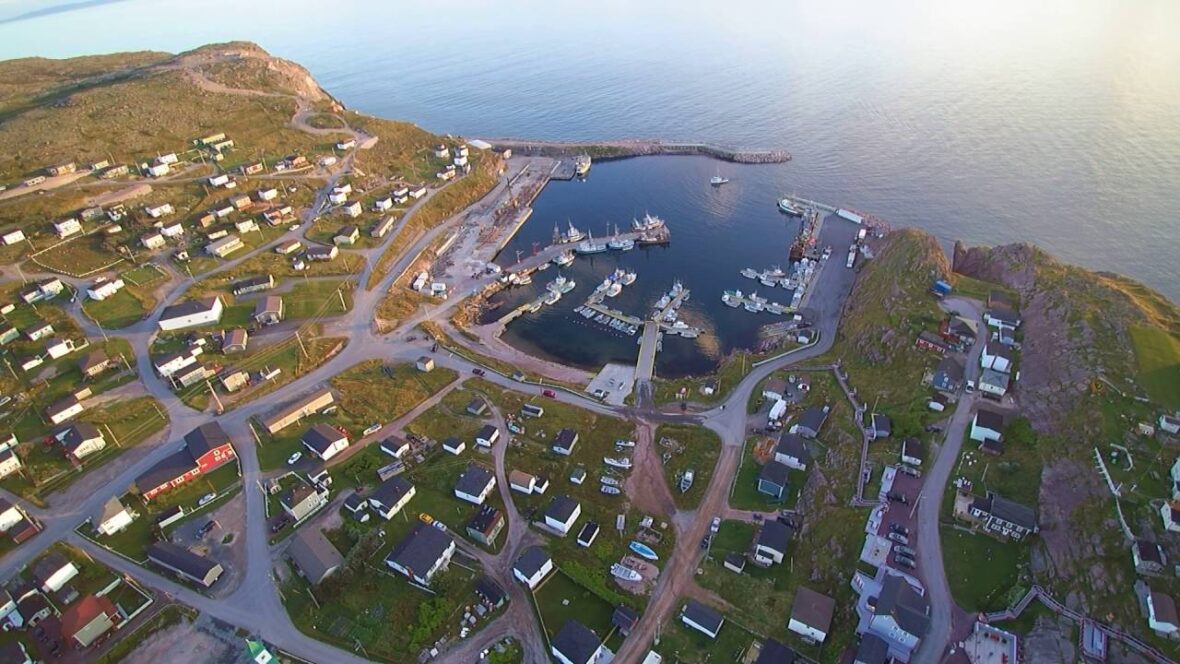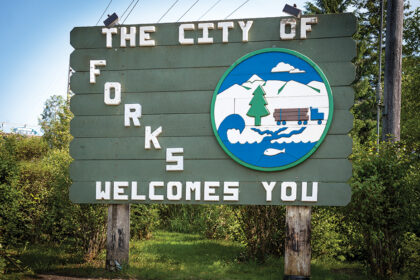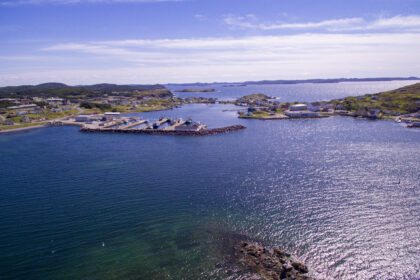Bay de Verde (2016 population: 392) is an incorporated town in Conception Bay on the northern tip of the Bay de Verde Peninsula of Newfoundland and Labrador, Canada. Take a look below for 24 amazing and fun facts about Bay de Verde, Newfoundland and Labrador, Canada.
1. The first recorded inhabitants at Bay de Verde arrived in 1662.
2. Bay de Verde became an incorporated town in 1950.
3. Bay de Verde is the northernmost community in Conception Bay.
4. The central part of this picturesque fishing village is nestled between two hills, while on both sides the low-lying area gently slopes towards the ocean.
5. On the southwestern side is the harbour, called the foreside, where fishing boats are moored in the central section away from the land and wharfs and at one time away from the fishing stages.

6. The other side of this low-lying area, called the backside, was once also used for fishing stages, called fishing rooms, where boats were also moored away from the land.
7. Bay de Verde and surrounding areas are barren of any trees except for a small grove of rugged spruce trees called the minister’s grove.
8. This is where the manse of the Minister of the local parish was built.
9. On the western side of the harbour just below an area called Spring Hill is the section of Torquay, which derives its name from an English town by the same name.
10. Bay de Verde is accessible by Route 70 of the provincial road system.

11. The road down to the heart of the town is very steep and can be very dangerous in the winter during snow storms.
12. Split Point, a prolific fishing berth in the community, is also the boundary line between Conception Bay and Cape St. Francis.
13. Bay de Verde and surrounding areas are dotted by small fishing communities established to be close to the fishing grounds.
14. The climate of the Atlantic Ocean and adjacent land areas is influenced by the temperatures of the surface waters and water currents as well as the winds blowing across the waters. Because of the oceans’ great capacity for retaining heat, the climate of Bay de Verde are moderate and free of extreme seasonal variations.
15. Precipitation falls on the area both as snow in the wintertime and moderate rainfall in summer.
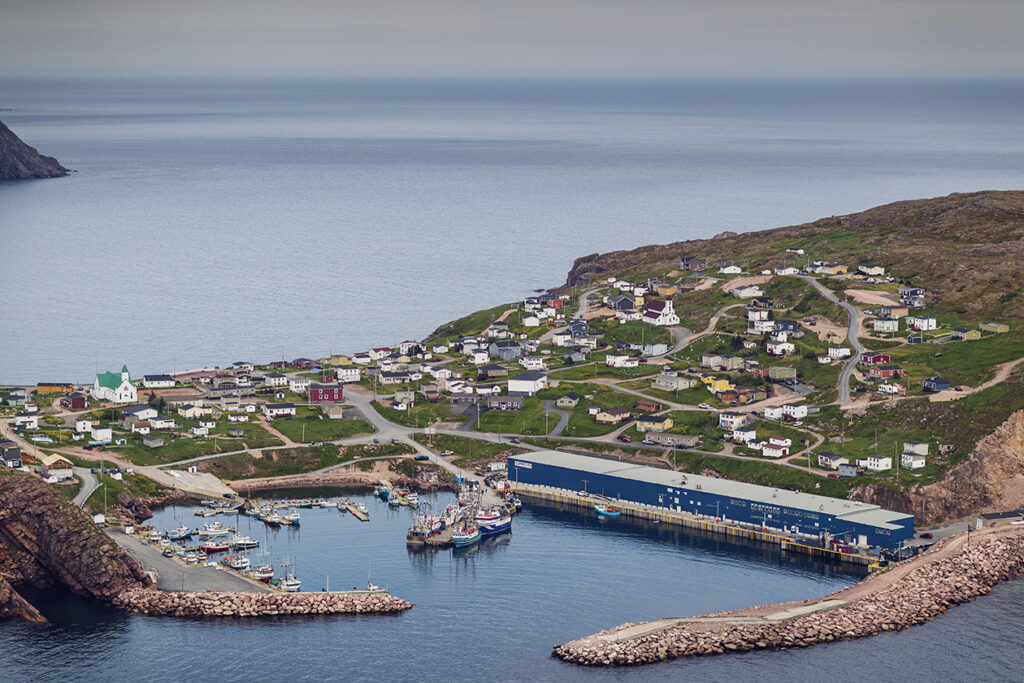
16. The Gulf Stream and Labrador Current converge just off the coast of Newfoundland and provide for very dense fog that can linger in the area for days.
17. Snow can accumulate with prolonged periods of snowfall which was the case in the winter of 2000 – 2001.
18. According to D. W. Prowse (1895) the earliest documented inhabitant of the ‘Bay of Arbs’ (today known as Bay de Verde) was Isaac Dethick, an English planter who was expelled from Placentia in 1662 when the French took over that town.
19. There is no doubt that there were settlers such as the Taverners already established at Bay de Verde when he arrived. In 1675 seven families and their servants, numbering close to 150 people, had erected eleven rooms and stages in the harbour.
20. The best record of the period comes from the journal of Abbe Baudoin, dated February 2 to February 6, 1697. Baudoin, who travelled with Pierre Le Moyne d’Iberville’s raiders, noted that “there were in this harbour fourteen settlers well established and ninety good men.” During King William’s War, the village was destroyed in the Avalon Peninsula Campaign. These French raiding parties destroyed the community and killed a number of inhabitants again during Queen Anne’s War in 1705.
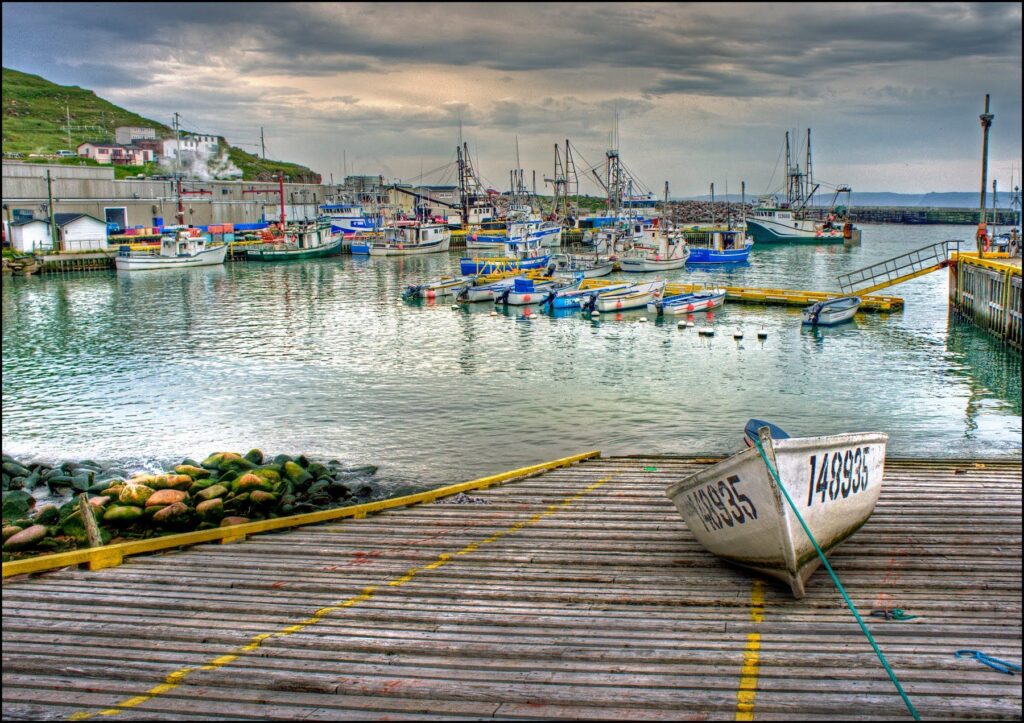
21. One of the early family names of Bay de Verde is Taverner. According to H. F. Shortis (1910) William Taverner was a naval officer and surveyor on a British man-of-war who later worked on a Newfoundland map of 1745.
22. The main road in Bay de Verde is Masters Road named after John Masters, apprenticed to William Taverner about 1700–1701. The Taverner family of Poole and Bay de Verde – a moderately well-off group which divided its time between Poole and Newfoundland.
23. Abraham, William Taverner’s brother, an obscure figure, was the Newfoundland agent for the London merchant, James Campbell, who had extensive plantations at Bay de Verde. Campbell was financial agent in London for Captain John Moody who had been commander of the Newfoundland garrison during Major Thomas Lloyd’s absence in 1704–1705 and who was an avowed adversary of Lloyd.
24. Although many of the Newfoundland planters tried to keep away from both Lloyd and Moody, William Taverner led a group which, early in 1708, complained about Lloyd’s exploitation of the colonists.

